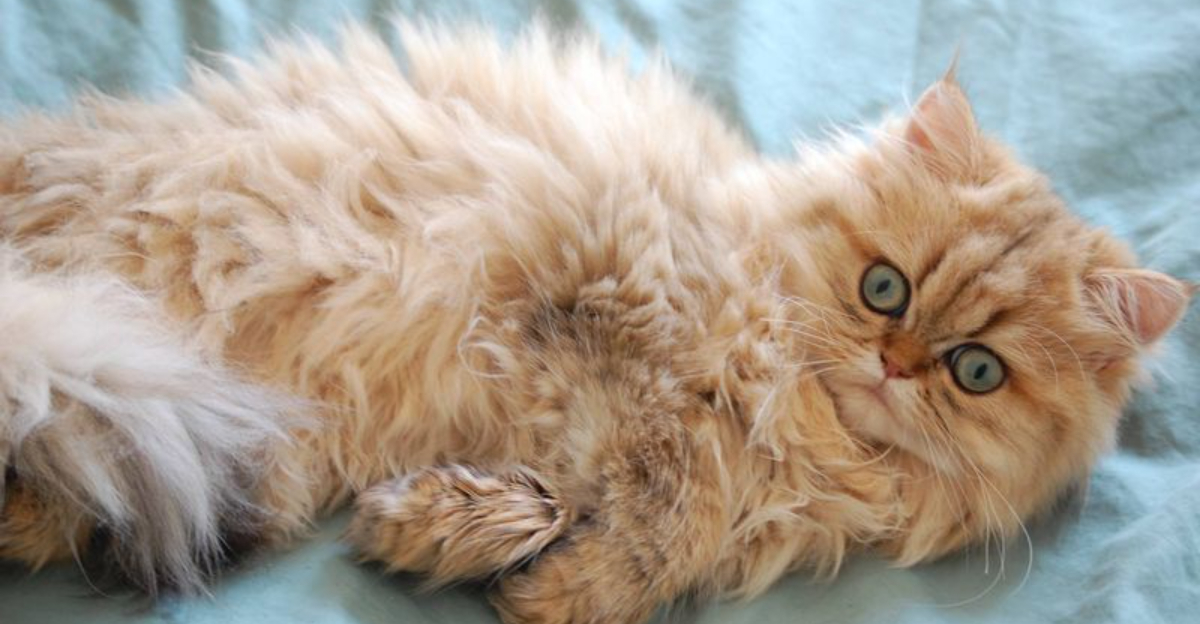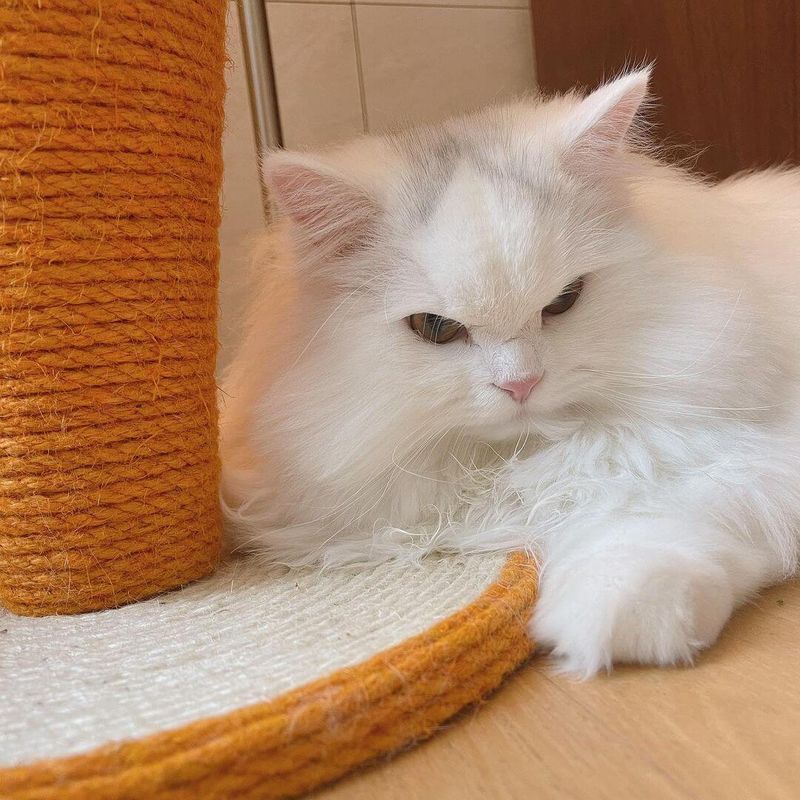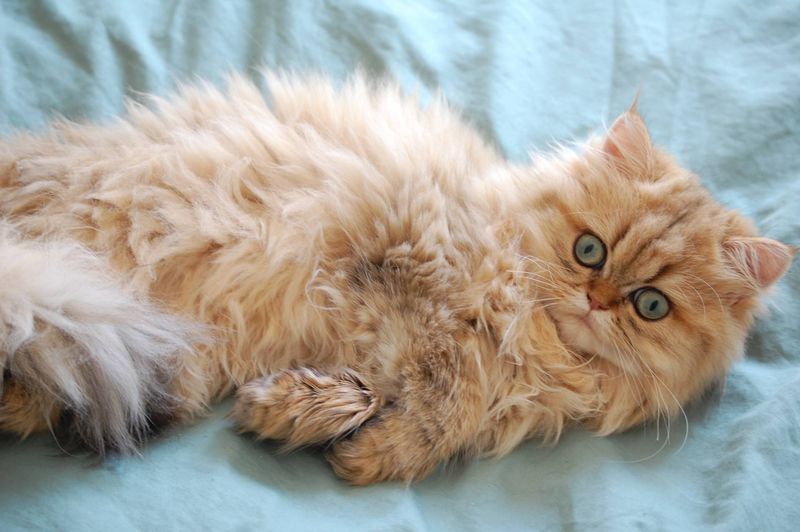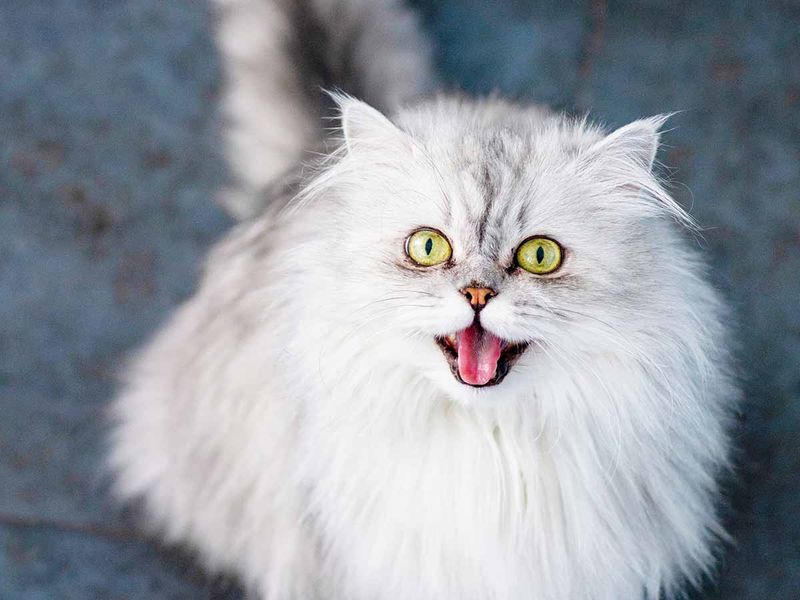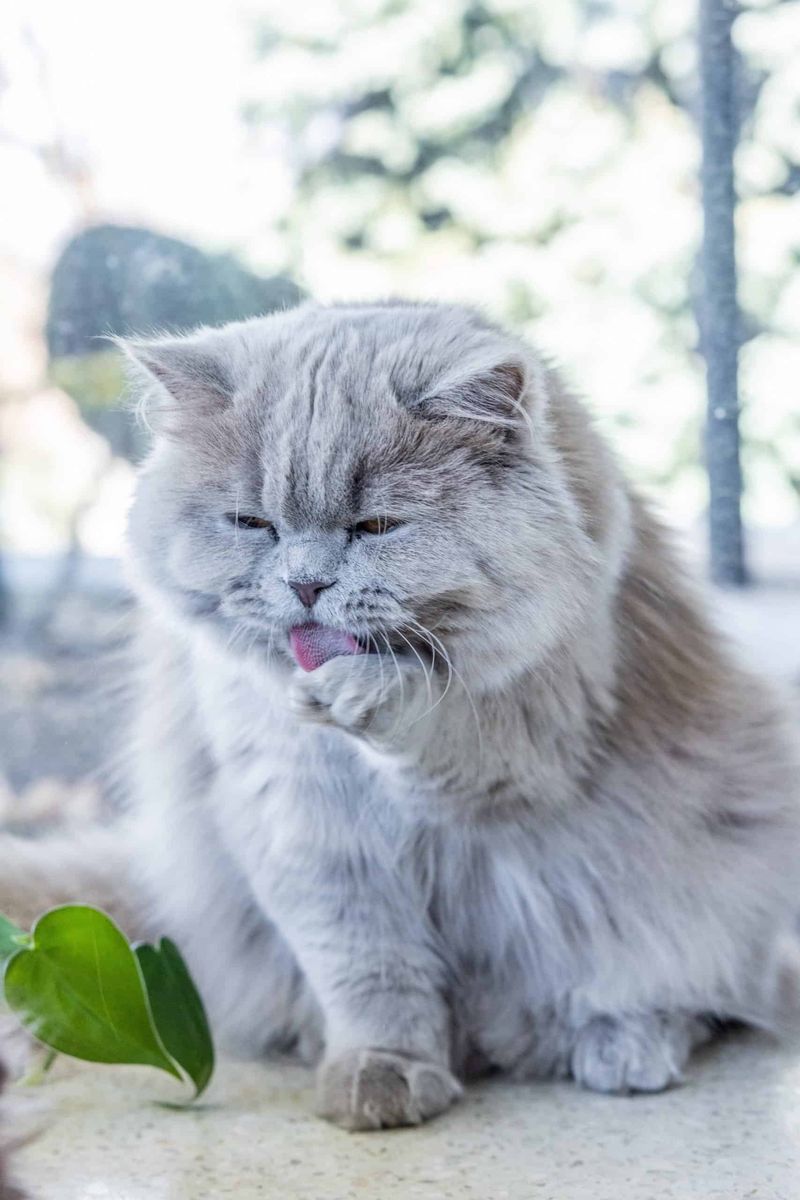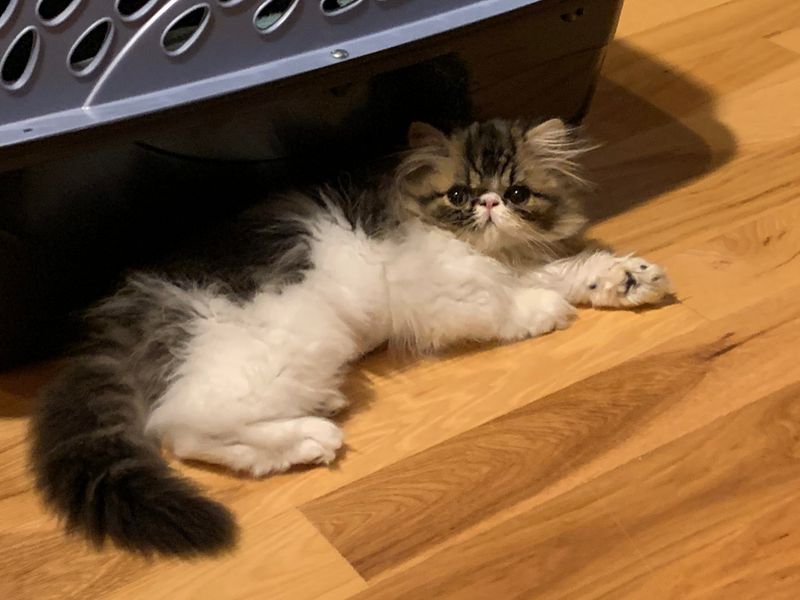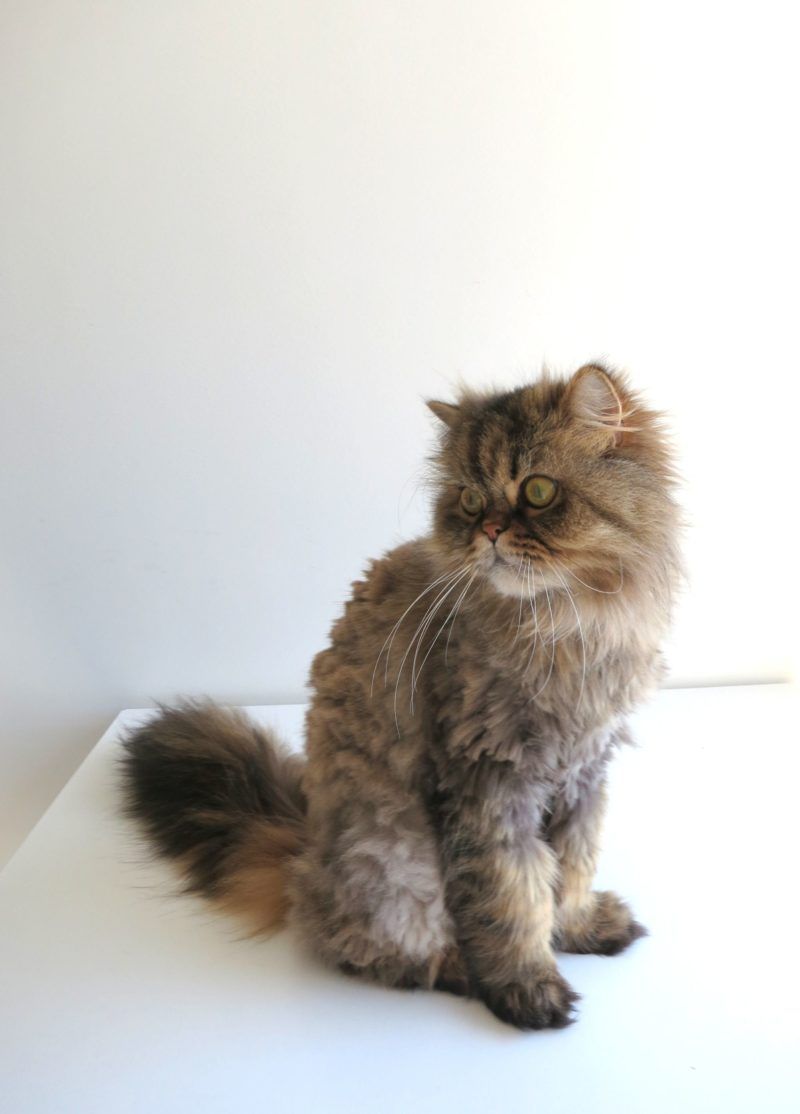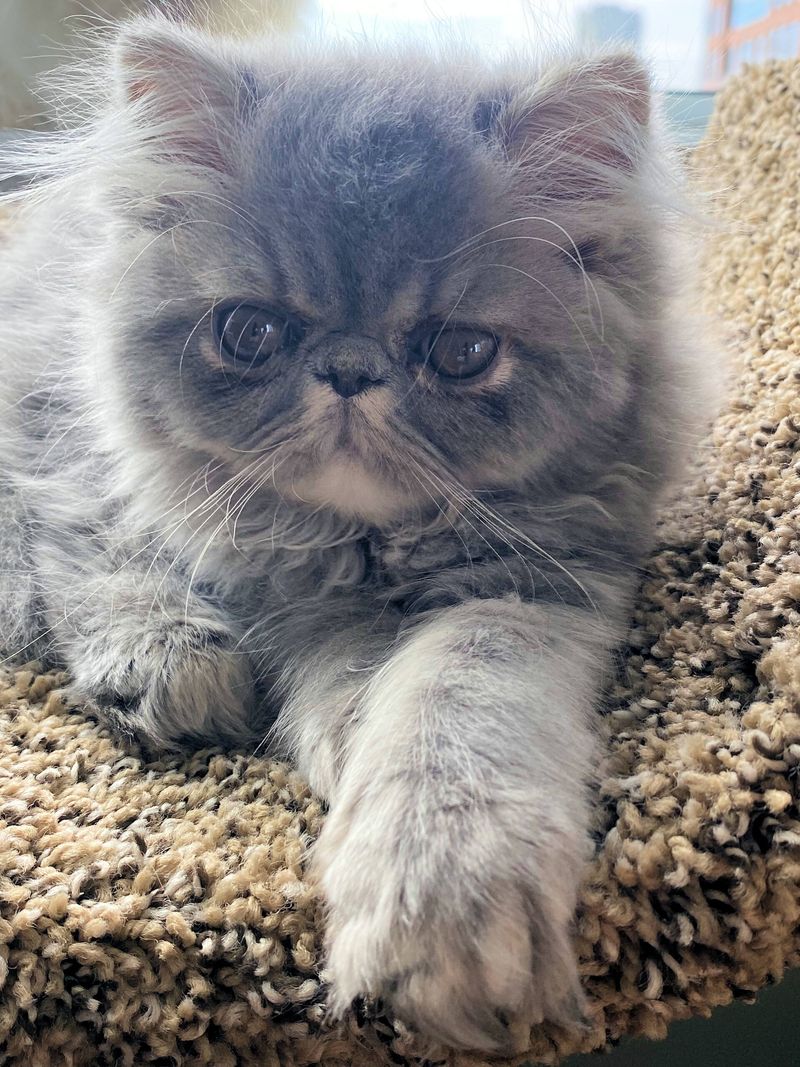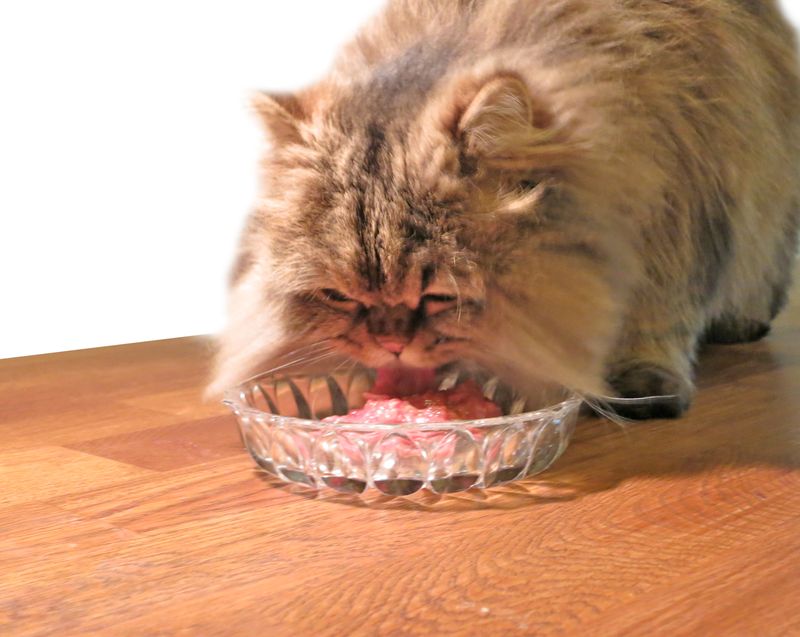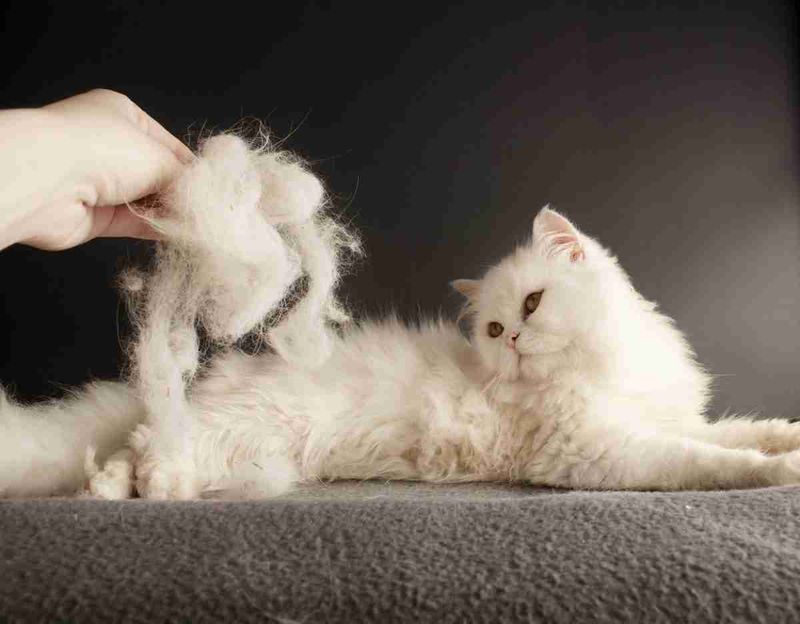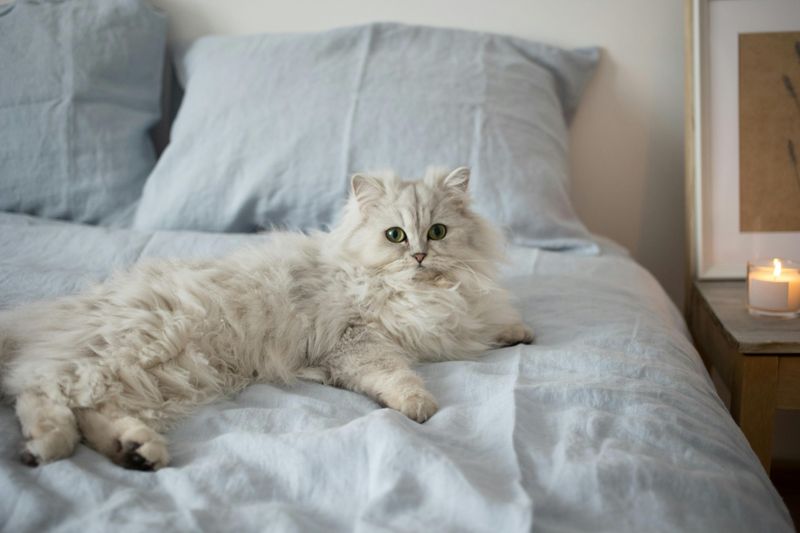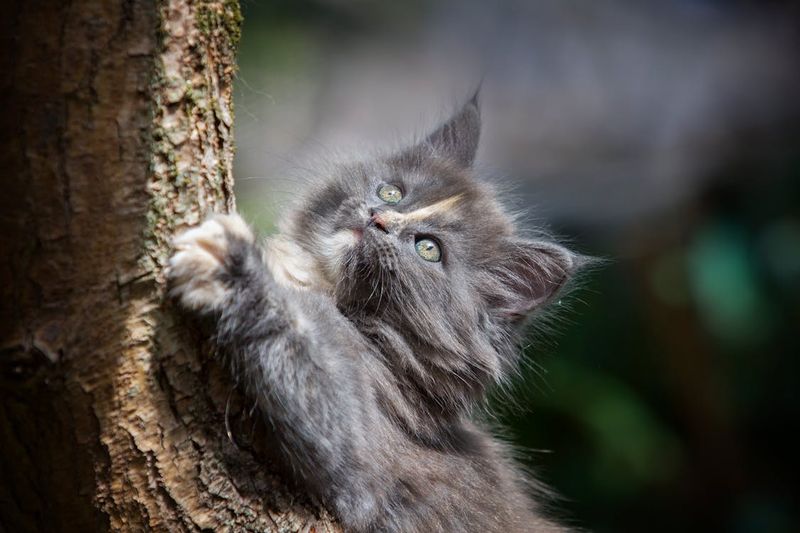📖 Table of Content:
- 1. Scratching Furniture
- 2. Litter Box Avoidance
- 3. Aggression Towards Other Pets
- 4. Excessive Meowing
- 5. Hairball Issues
- 6. Food Obsession
- 7. Separation Anxiety
- 8. Over-Grooming
- 9. Fearful Behavior
- 10. Destructive Chewing
- 11. Excessive Shedding
- 12. Nighttime Activity
- 13. Ignoring Commands
- 14. Inappropriate Climbing
- 15. Unusual Vocalizations
Persian cats are cherished for their striking appearance and affectionate nature. However, like all breeds, they can sometimes display behavior problems that may be difficult to manage. Understanding these challenges can help ensure a happier, healthier relationship with your feline companion.
Common issues with Persian cats include aggression, excessive grooming, and difficulty with litter box habits. These behaviors, if not addressed, can lead to frustration for both the cat and the owner. Identifying the root cause of these problems is essential to finding effective solutions.
Many behavior problems in Persian cats are often linked to environmental stress or health issues. By recognizing the early signs of trouble, owners can take proactive steps to prevent these behaviors from becoming more severe. A little patience and attention can go a long way in improving the behavior and overall well-being of a Persian cat.
1. Scratching Furniture
Scratching is natural for cats but becomes problematic when directed at furniture. Persian cats may scratch to mark territory or relieve stress. Providing scratching posts or pads can redirect this behavior. Place them near the areas your cat frequents.
Encourage the use of these alternatives with catnip or toys. If scratching persists, consider protective covers for furniture or consult with a vet for additional advice.
2. Litter Box Avoidance
When a Persian cat refuses to use the litter box, it could point to stress, health concerns, or simply dissatisfaction with the setup. They often have specific preferences when it comes to litter type or box location. Keeping the box clean and easily accessible, along with experimenting with different litters, can help resolve the issue.
If the problem continues, a vet visit is necessary to check for underlying health problems. Addressing litter box issues promptly can prevent household messes and improve your cat’s well-being.
3. Aggression Towards Other Pets
Territorial instincts can cause aggression in Persian cats, especially when new pets are introduced. Although they are known for their gentle nature, they may become hostile if they feel their space is at risk. To reduce stress, slowly introduce new animals and ensure each pet has their own food and litter resources.
If aggression persists, consult a behaviorist for strategies to encourage peace. Understanding feline social structures can aid in reducing aggression and fostering a friendly environment.
4. Excessive Meowing
While Persian cats are usually quiet, excessive meowing can indicate discomfort or a need for attention. Pay attention to the frequency and tone of their meows. If your cat meows excessively, it might be hungry, bored, or experiencing anxiety. Try to understand the context to address the root cause. Sometimes, a simple schedule adjustment can help, ensuring your cat receives ample playtime and feeding.
If the behavior continues, consult a vet to rule out medical issues. Understanding your cat’s communication is key to a harmonious living environment.
5. Hairball Issues
Due to their long fur, Persian cats are prone to hairballs, which can lead to discomfort or digestive issues. Regular grooming can reduce the amount of fur your cat ingests. Incorporate a grooming routine to minimize hairball formation. Specialized cat food can also help manage this problem.
If hairballs become frequent, consult a vet for advice on dietary adjustments or supplements. Maintaining a grooming routine is vital for your cat’s health and comfort.
6. Food Obsession
Overeating in Persian cats can stem from obsessive food behaviors, leading to weight gain. To keep them in top shape, ensure their meals are portioned and on schedule. Spice things up with puzzle feeders to turn mealtime into both a nutritious and mentally stimulating experience.
If your cat begs for food continuously, consult a vet to ensure there are no underlying health issues. Controlling food intake is essential for your cat’s overall health.
7. Separation Anxiety
Leaving a Persian cat alone for too long can lead to destructive behavior, a sign of separation anxiety. These cats, accustomed to constant companionship, might react by over-grooming or becoming anxious. Create a peaceful environment with toys and familiar smells, and work on slowly lengthening the time they are left alone.
Consider consulting a vet if anxiety persists. Finding ways to reduce stress is crucial for your cat’s emotional well-being.
8. Over-Grooming
Over-grooming can stem from stress, anxiety, or skin issues. Persian cats may groom excessively, leading to bald spots or skin irritations. Provide enrichment activities to distract your cat. Regular vet check-ups can help identify skin conditions early.
If over-grooming persists, investigate potential stressors in the environment. Maintaining a stress-free environment is key to resolving this issue.
9. Fearful Behavior
Loud noises, unfamiliar visitors, or sudden changes in their surroundings can trigger fearful behavior in Persian cats. Symptoms often include hiding or cowering as they try to escape perceived threats.
Create safe spaces where your cat can retreat. Gradual exposure to fear-inducing stimuli can help them become more comfortable. Consult a vet for advice if fearfulness affects daily life. Providing a safe environment is essential for your cat’s confidence.
10. Destructive Chewing
Chewing on non-food items can be dangerous and is often a sign of boredom or dental issues. Persian cats might chew on cords or household items. Provide appropriate chew toys and engage in interactive play. Rotate toys regularly to maintain interest.
If chewing continues, a vet check can rule out dental problems. Offering safe alternatives is vital to prevent accidents and damage.
11. Excessive Shedding
Persian cats are known for their luxurious coats which can lead to excessive shedding. Regular grooming helps manage shedding and keeps their coat healthy. Invest in a good quality brush and establish a grooming routine. Frequent grooming reduces the amount of fur in your home.
Consult a vet if shedding seems abnormal. Keeping up with grooming is key to managing fur and maintaining your cat’s appearance.
12. Nighttime Activity
Increased activity at night can disrupt sleep for both you and your Persian cat. They might knock over items or demand attention while you rest.
Establish a bedtime routine with play to expend energy. Ensure your cat has access to toys or climbing spaces to entertain themselves. If nighttime antics continue, consult a vet for advice. Structuring a routine is essential to ensure restful nights for everyone.
13. Ignoring Commands
Cats are independent, and Persians may ignore commands if they feel disinterested. Training requires patience and positive reinforcement. Use treats to encourage desired behavior. Short, regular training sessions work best.
If your cat is unresponsive, reassess the training methods. Engaging your cat in a way that respects its independence is crucial for successful training.
14. Inappropriate Climbing
The urge to climb is deeply ingrained in Persian cats, but it can create mess and destruction in the home. They may turn to furniture or curtains to fulfill this need. By offering cat trees or shelves, you can provide an outlet for their climbing instinct and direct their energy to more appropriate places.
If climbing causes damage, consider training methods to modify behavior. Offering suitable climbing options is important for satisfying their natural instincts.
15. Unusual Vocalizations
Distress, pain, or communication attempts are often reflected through unusual vocalizations. Persian cats can sometimes create sounds that seem out of the ordinary for them. It’s important to monitor when and why these vocalizations occur, as they might indicate a health issue or a desire for attention.
If unusual sounds persist, consult a vet to rule out medical concerns. Understanding your cat’s vocal patterns is essential for addressing their needs.
